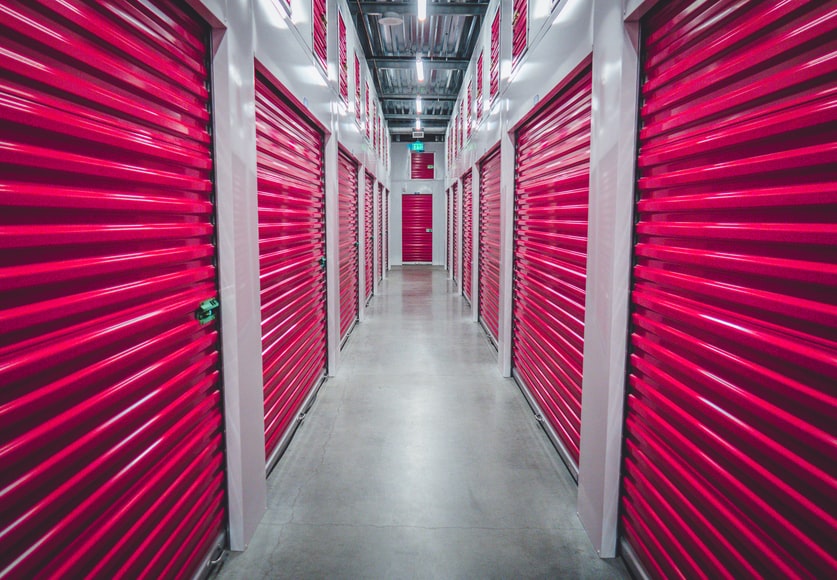One of the most difficult aspects of cleaning your house is letting go of emotional belongings. Many of our belongings hold sentimental significance or are associated with a particular memory. It’s customary to hide these objects aside to keep those sentiments alive, but with time, they can become burdens rather than treasured memories.
Your sentimental objects should be taken care of last when organizing your house. Sorting these things out will take longer and will be more difficult than other decluttering tasks.

Start with the big items
The biggest items should be considered first. Even if you have no space to store them in your basement, garage, or closet it is not the end of the world. There are many solutions out there, one effective way of storing sentimental items is to keep them in a storage locker or unit, depending on the size of the item in question. The best way to go about this is to find the right storage company for you.
So, if you live in Toronto, for example, you might want to contact a storage company in that area, such as XYZ Storage. They offer storage units of every size and flexible terms which will allow you to change between sizes anytime you ask for it.
When you’ve finally sorted the big items, it is time to move on to the more tedious task of sorting out the smaller ones.

Photographs and collections of every size
Photographs may gather at a lightning speed. Each film may appear small on its own, but those 50 photographs may quickly add up to 500, creating an overwhelming collection that you store in a box, never to be viewed again. However, if you spend just a little time carefully arranging each shot, you’ll be able to tell what’s worth saving and what can be discarded.
To start, first, gather all of your photographs from around the home and take them out of their albums. Yes, each and every photo you come across. Only by thoroughly laying everything out can you determine what is a duplicate, what should be kept, and what should be discarded.
Next, arrange all of the images on the floor in chronological order, according to the year or period in which they were shot. The most important suggestion for organizing your images is to be willing to discard those that are identical to one another or reflect events, days, or dates you can’t recall.
Choose the best shot from a group of images taken on the same day. When you compare them side by side, it should be evident which one is the clear winner. You’ll almost certainly want to save memories in which you, your family, and friends appear to be having fun, or where the surroundings make you feel good. If a photograph makes you feel this way, it’s most likely a keeper.
Try some DIY to bring life to your old items
Transform the items into something else if you’re artistic or DIY-inclined and don’t feel nostalgic about the sentimental thing in question.
Take some flowers your significant other offered you and press them. Make a collage out of that old love letter. Using your old plush animals, create a mixed media sculpture. If you have some dishes from your ex that you despise, use a hammer on them and transform them into something you enjoy. Or, in other words, let your creativity run wild—it may even be therapeutic for you.
Take pictures of the items
Take pictures of those not-so-meaningful sentimental items that you want to remember but don’t necessarily want to store. Then let go of the item in question.
Photographs of sentimental objects can sometimes suffice to preserve the memories connected with the items without requiring the goods themselves to be kept.
Final thoughts
When it comes to decluttering sentimental belongings, remember to make your house a living environment for your current life rather than a storage area for your past. This is a useful motto to keep in mind.
It’s difficult to live and create new memories in the present if your home is overrun by emotional artifacts from your past. Your house should not be used as a storage facility.
